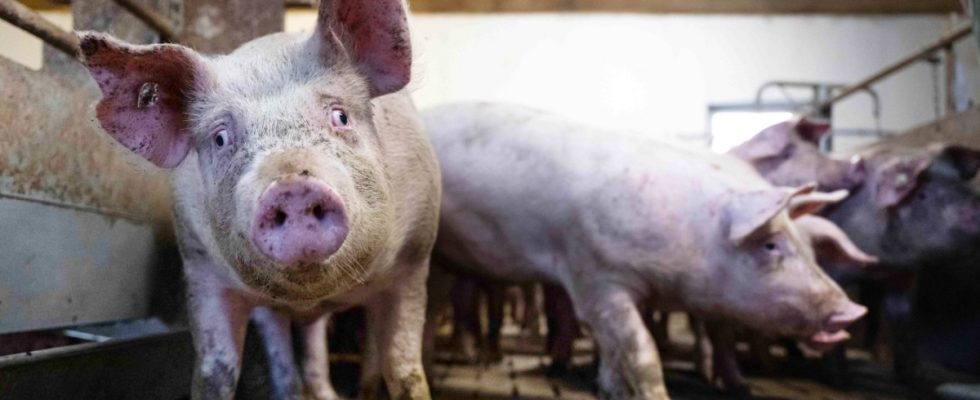You can’t always say that everything was better in the past. When young people in Munich jumped into the Isar in the 1980s, some came out with a skin rash. The river was so polluted by wastewater from industry, but also by fertilizers and pesticides from agriculture. And the Isar was by far not the dirtiest body of water.
New sewage treatment plants in particular are now preventing too many pollutants from getting into lakes, streams and rivers; according to the Federal Environment Agency, 98 percent of bathing water in Germany met the EU quality requirements in 2022. In many places, the high content of phosphorus and nitrogen, which can be traced back to manure and other fertilizers, is still problematic, primarily for flora and fauna. This later leads to increased nitrate levels in the groundwater.
Where limit values are exceeded, farmers must now document which and how much fertilizer they apply. This is called the Fertilizer Ordinance and is part of this bureaucracy that everyone complains about. And why farmers are now thundering through Berlin, Hamburg and Munich with their tractors. Aren’t they in global competition and have to generate the highest possible yields in their fields? Isn’t the paperwork burden on hard-working people?
Agriculture is deeply involved in the dilemma between making money and preserving the land and nature. Animal rights activists, veterinarians, biologists, water suppliers, climate researchers, and many farmers themselves have long been calling for a rethink, especially a redirection of billions in subsidies towards environmental, climate and landscape protection. But when things get concrete, observers whisper about the legendary power of the farmers’ lobby, which prevents many things. Because some people earn good money from this system. And then the cut in the agricultural diesel subsidy is enough to trigger a storm of protest.
But is there perhaps an opportunity in all of this to make agriculture more nature-friendly? My colleague Michael Bauchmüller says firmly: yes! It would be good for the pigs and chickens in the huge stables. It would also offer a chance for many wild animals such as bees, field hamsters and lapwings to recover.
Because some local species are not doing much better than the polar bear, the “pop star of the apocalypse,” as my colleague Tanja Rest calls him. This animal has long been considered one of the first victims of climate change. Or is that an exaggeration? Rest’s research shows how the polar bear is exploited for very different purposes – and what its actual situation is.
What do you think about the farmers’ protests? About agriculture as a user and protector of land and animals? I look forward to receiving letters to [email protected].
(This text comes from the weekly Newsletter Climate Friday you here free of charge can order.)

